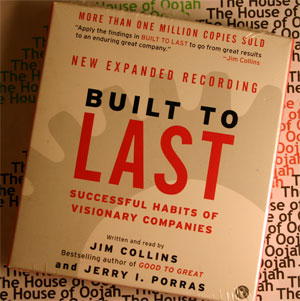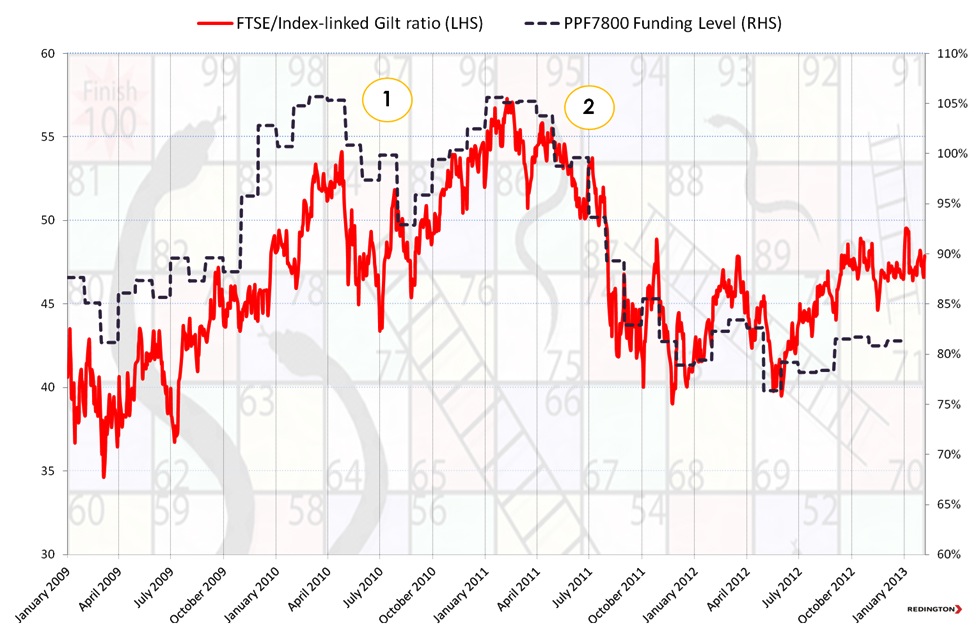Pensions and Infrastructure Funding Discussion – Pinsent Masons
On Tuesday 15th January Pinsent Masons Infrastructure and Pensions practice held a dinner to discuss Infrastructure funding. The guest list included a cross section of treasury and government officials, infrastructure construction companies, infrastructure advisors, funders and investment advisors as well as pension’s professionals. The evening was chaired by Richard Laudy – Head of Infrastructure at Pinsent Masons and Graham Robinson – Global Business Consultant at Pinsent Mason. The idea of the evening was to have a clam debate and discussion on the future of infrastructure funding in the UK. Doug Segars – Head of Infrastructure Finance, HM Treasury started with an update and overview of the National Infrastructure Plan. Then Joanne Segars – Chief Executive of the NAPF, gave an update on the Pension Infrastructure Platform “PIP”. I then followed by explaining why pension funds might invest in infrastructure, in what format e.g. debt or equity and where might it fit in the portfolio? – My 3 minute speech is below.
“Good evening, I am Robert Gardner, co-CEO of Redington. We design, develop and deliver investment strategies for pension plans around the world. Before providing you with a brief overview of institutional investment in infrastructure, and the challenges this entails, it’s worth taking the time to explain to you how our clients see the world, and how infrastructure fits into it. We have developed a 7 step framework that allows our clients to make informed and intelligent investment decisions on a timely basis, and leaves them feeling in control. Over the past two years a number of our clients have invested in infrastructure assets in various formats as part of this 7 step framework.
Step 1: involves a clear plan. This clear plan is called the Pension Risk Management Framework “PRMF”, and it is a document that details the pension plan’s goals, objectives and constraints.
Step 2 is the development of a risk management hub, typically in the form of an LDI manager tasked with hedging interest and inflation risk of the liabilities, collateral management and other risk hedging, for example, equities and longevity.
Steps 3, 4, 5 and 6 are where we make our investment decisions:
Step 3 is liquid active and passive investments, so mainly equities;
Step 4 is liquid and semi-liquid credit, so that might be, for example, an investment grade bond issued by Porterbrook Rail.
Step 5, in which the majority of infrastructure debt sits, is illiquid credit.
Step 6 is illiquid active and passive investments, so that might take the form of an equity stake in a water company.
Step 7, the final step, is the ongoing and almost paranoid monitoring of the pension plan’s investment performance against step 1;
Using this 7 step framework our clients can assess the return, risk and liquidity characteristics of an infrastructure investment against their Pension Risk Management Framework to understand if they want to invest, and, if so, where it fits in their portfolios. They can then explore which format is the best delivery option given their size and governance constraints.
The reason I have just told you this is to emphasise that infrastructure comes in many guises, each with its own specific characteristics, risk profile and nuances – which need to be clearly understood and articulated. To date, UK pension schemes have lagged their Australian and Canadian counterparts, but things are slowly changing. Market participants are slowly adapting to a world where banks are no longer willing to provide the necessary funding and are actively seeking solutions to this problem. These range from public initiatives, such as the NAPF and PFF’s Pension Infrastructure Platform; to private initiatives such as Redington’s partnership with Pinsent Masons which aims to deliver an investment framework in infrastructure debt. The investments considered as part of our partnership with Pinsent Masons range from secondary PFI loans sourced from a bank’s balance sheet, to new direct lending. This private placement format can be done for both new infrastructure assets and refinancing. Its strengths are, first, that it allows a more tailored debt offering for both the borrower and the lender: the assets are inflation linked and feature longer-dated amortisation profiles from 25 to 50 year maturities. Second, they offer and typically higher yields due to the illiquidity premium. In step 6 clients might invest in a water company or a portfolio of wind farms.
But – there have certainly been challenges along the way for pension funds.
Rightly or wrongly, the majority of trustees don’t want exposure to construction risk, which is an aversion the industry will need to address. Whether approaching this problem will involve banks assuming the construction risk and pension schemes assuming some operational risk, or whether it involves government guarantees or intervention, is up for debate.
The other issue concerns the solutions currently available in the market. The majority are not sufficiently bespoke to meet the objectives of long term investors. Their profile is more akin to private equity; and returns, net of fees, are not sufficiently attractive relative to the complexity/governance required to implement them.
Whatever the solution, it will require a concerted and collaborative effort by all market participants. Each will need to bring their own skills to bear and each must assume the risk they are structured to bear.
Tonight’s dinner, we hope, is a step in the right direction
Many Thanks”
 On a sad note my good friend and fellow descendant and shardist Jeremy Michael Paxton (1960-2013) passed away last month. Jeremy was a truly remarkable man who touched all of our hearts and changed our lives forever. Jeremy’s death has reminded me of the importance of living each day to the full, and to quote Abraham Lincoln “In the end, it’s not the years in your life that count. It’s the life in your years.”
On a sad note my good friend and fellow descendant and shardist Jeremy Michael Paxton (1960-2013) passed away last month. Jeremy was a truly remarkable man who touched all of our hearts and changed our lives forever. Jeremy’s death has reminded me of the importance of living each day to the full, and to quote Abraham Lincoln “In the end, it’s not the years in your life that count. It’s the life in your years.”








